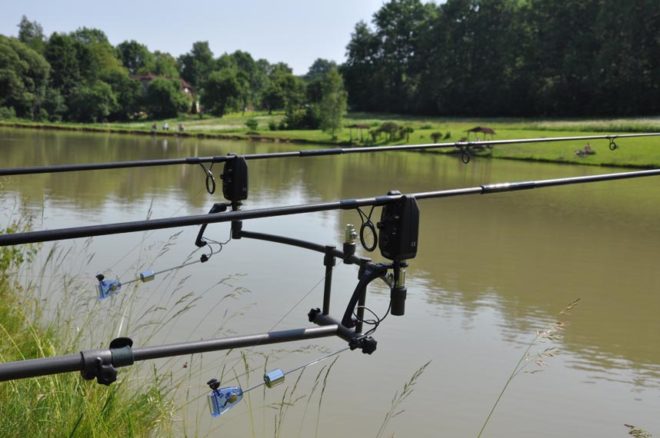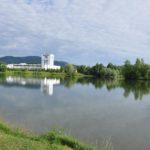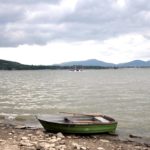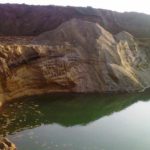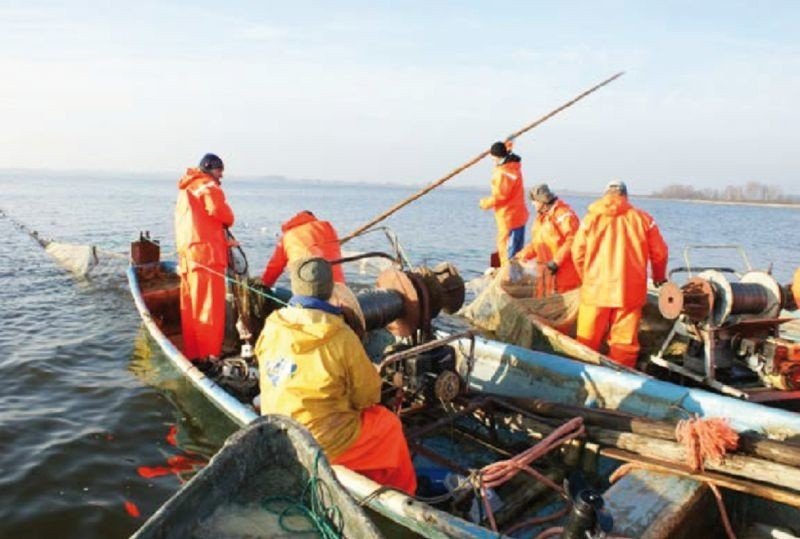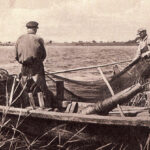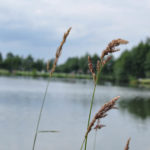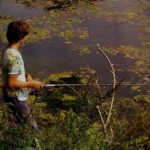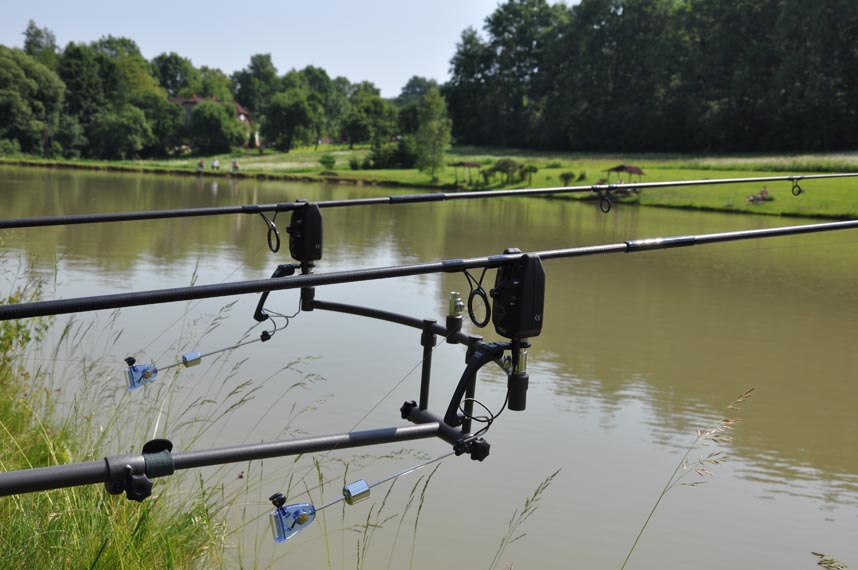 Małe zbiorniki wodne (retencyjne, melioracyjne).
Małe zbiorniki wodne (retencyjne, melioracyjne).
Zbiorniki wodne są najżyźniejszymi wodami spośród wód stojących, chociaż ich produktywność zależy od planowego kształtowania rybostanu oraz – po części – od stosowania odpowiednich środków intensyfikujących. Od stawów karpiowych odróżniają się praktycznie tylko tym, że użytkowanie zbiornika podporządkowuje się przede wszystkim potrzebom gospodarki wodnej, dlatego też gospodarka rybna w tych zbiornikach może zaspokoić praktycznie tylko potrzeby wędkarzy.
Czynnikiem decydującym dla wędkarskiego użytkowania tych zbiorników jest dokonanie właściwej obsady ze szczególnym uwzględnieniem składu gatunkowego i wiekowego ryb. Należy przy tym pamiętać, że w zasadzie mamy do czynienia z produkcyjnymi stawami karpiowymi, w których da się przez zarybianie osiągać pożądany przyrost ilościowy. Główną rybą hodowaną w tych zbiornikach jest karp, lecz z reguły razem z innymi odpowiednimi gatunkami, bowiem tylko w ten sposób możliwe jest wykorzystanie naturalnego pokarmu. Znakomicie dopełnia karpia lin, któremu powinniśmy właśnie w zbiornikach stworzyć więcej możliwości rozwoju niż ma dzisiaj. Ryba ta, świetnie uzupełniająca się z karpiem, powinna w tych typach wód tworzyć przynajmniej 1/5 masy rybostanu. Lina cechują dobre własności hodowlane i jest chętnie łowiony przez wędkarzy. Zdecydowanie zasługuje więc na baczniejszą uwagę.
Większość małych zbiorników retencyjnych zasila woda jakiegoś potoku i jest niemal regułą, że w stosunkowo krótkim czasie w zbiorniku rozwijają się populacje różnych białych ryb. Typowe są np. płoć, wzdręga, karaś, a w ostatnim czasie karaś srebrzysty, który potrafi w każdym środowisku się rozplenić. Wszystkie te ryby to konsumenci zoobentosu — białe ryby stanowią więc bardzo poważną konkurencję dla karpia i lina. Z tego względu na problem ten warto spojrzeć z różnych punktów widzenia.
Ze stanowiska produktywności, jednak bez uwzględniania jakości produkcji, rybostan jak najróżnorodniejszy i najliczniejszy jest pożądany i jedynie on gwarantuje, że zużytkowane zostaną wszystkie zasoby pokarmu naturalnego. Gdybyśmy byli skłonni tak samo chętnie jak karpia i lina łowić także karasia i płoć (może w końcu docenilibyśmy te ryby) obecność innych białych ryb w zbiorniku byłaby pożądana. My jednak mamy wymagania „wyższe”: dla nas rybą jest tylko i wyłącznie karp. Płoć jeszcze długo pozostanie rybim chwastem, a więc ekonomiczny punkt widzenia musi w tym wypadku zejść na drugi plan i problem pozostaje otwarty. Jedyne zatem wyjście z tej sytuacji widzimy w zarybianiu drapieżnikami, od których należy oczekiwać, że będą eliminować białe ryby i nie dopuszczą do ich nadmiernego rozplenienia. Kiedy weźmiemy pod uwagę względnie wysokie potrzeby pokarmowe drapieżników (przyjmuje się, że dla nich współczynnik pokarmowy wynosi mniej więcej 4-6 kg), to rozwiązanie takie okaże się bardzo nieekonomiczne i chcąc nie chcąc musimy je traktować jako zło konieczne czy też wyjście awaryjne. Nawet jeśli w ten sposób rybostan (a zatem i efekty połowów) zbiornika jakościowo poprawi się, to i tak za marnotrawstwo trzeba uważać tak znaczny ubytek produkcji w postaci mięsa ryb. Co prawda chodzi o ubytek białej ryby, ale przecież mięso jest pełnowartościowe. Należy więc szukać rozwiązania pozwalającego w efektywny i zadowalający sposób wydostać się z tego błędnego koła. W bardziej pozytywnym świetle powyższe fakty jawią się po przeliczeniu na wartości pieniężne, ponieważ produkcja mięsa drapieżników jest względnie opłacalna. Pewną wartość tych ryb stanowią także ich duże wymiary, pozwala to obecność drapieżników w zbiornikach oceniać nieco pobłażliwiej.
Hodowla drapieżników w zbiornikach użytkowanych przez wędkarzy może mieć w niektórych wypadkach jeszcze bardziej negatywne skutki od opisanych powyżej. W zbiornikach, które muszą z jakichś względów pozostać napełnione przez kilka lat musi dojść do tego, że obsada drapieżników wymknie się gospodarującym spod kontroli – zarówno przez to, że część drapieżników osiągnie dużą (w tym wypadku niepożądaną) wielkość, jak i przez możliwość zbytniego rozmnożenia się tych ryb. Bardziej niebezpieczna jest pierwsza możliwość ponieważ większe egzemplarze ryb drapieżnych, szczególnie szczupaki i sumy mogą nawet zagrozić podstawowemu rybostanowi zbiornika. Żadna z ryb drapieżnych nie przebiera w pokarmie, nie rozróżnia ryb cenniejszych i mniej cennych, w gruncie rzeczy większe osobniki (szczupaki czy sumy) chcąc nie chcąc muszą kierować uwagę w stronę karpi, a zarybianie tym gatunkiem stanowi dla nich wyjątkową okazję.
